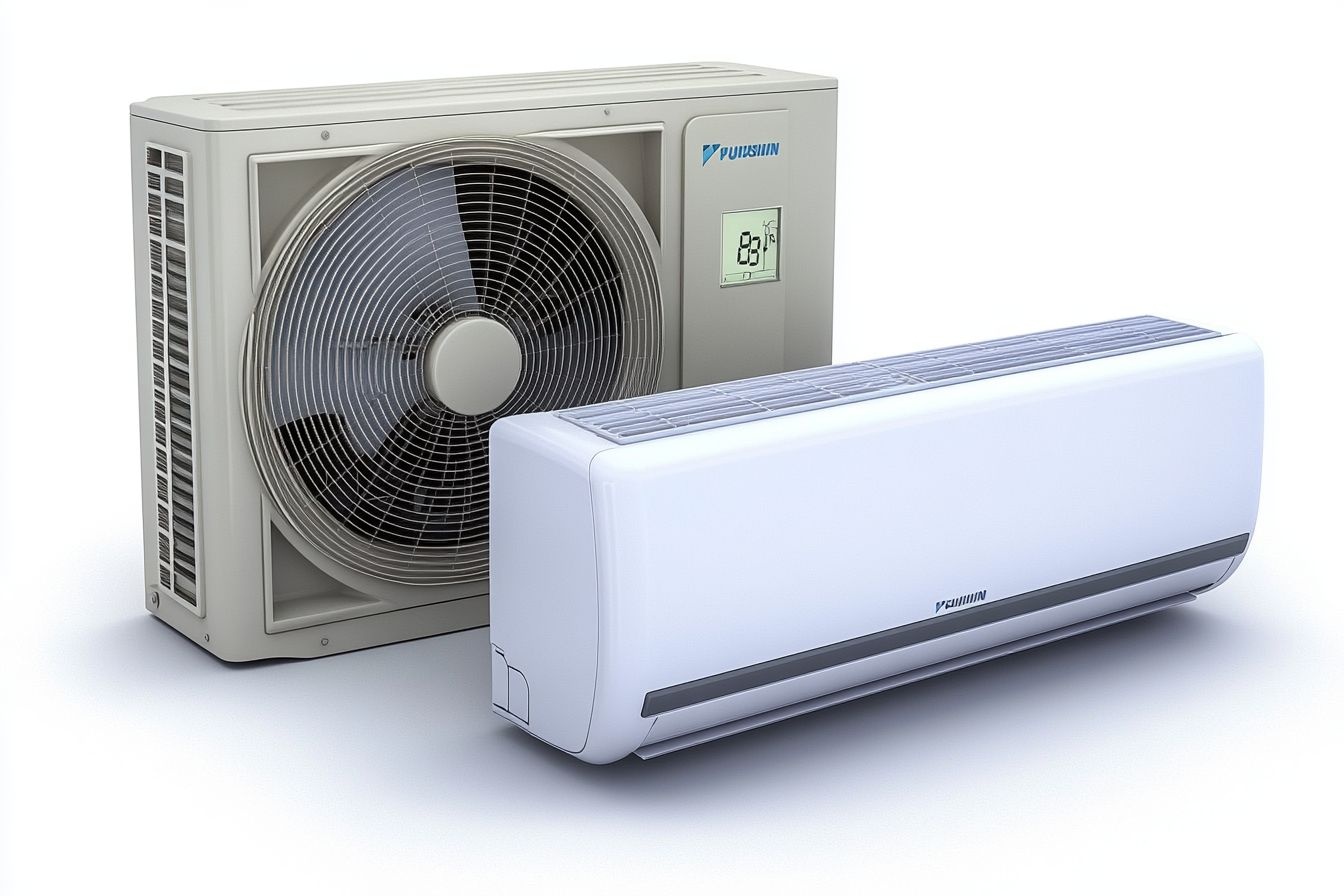Air Conditioning: Understanding the Cool Comfort of Modern Climate Control
Air conditioning has become an integral part of modern life, providing comfort and relief from sweltering temperatures in homes, offices, and vehicles. This sophisticated climate control technology has revolutionized our indoor environments, making it possible to maintain optimal temperatures regardless of external conditions. In this article, we'll explore the ins and outs of air conditioning systems, their components, and how they work to keep us cool.

The refrigerant, now warm and in a gaseous state, travels to the outdoor unit where it passes through the condenser. Here, the heat is released to the outside air, and the refrigerant cools and returns to a liquid state. This cycle continues, maintaining the desired indoor temperature set on your thermostat.
What are the main components of an HVAC system?
HVAC, which stands for Heating, Ventilation, and Air Conditioning, is a comprehensive system that manages indoor climate control. The air conditioning portion of an HVAC system typically consists of several key components:
-
Compressor: As mentioned earlier, this is the powerhouse of the system, pressurizing and circulating the refrigerant.
-
Condenser: Located in the outdoor unit, it releases the heat absorbed from indoors to the outside environment.
-
Evaporator: Found in the indoor unit, it absorbs heat from the indoor air as the refrigerant evaporates.
-
Expansion valve: This device regulates the flow of refrigerant between the condenser and evaporator.
-
Thermostat: The control center that allows users to set and maintain desired temperatures.
-
Ductwork: A network of passages that distribute cooled air throughout the building.
What are the benefits of a well-maintained cooling system?
Regular maintenance of your air conditioning system is crucial for optimal performance and longevity. A well-maintained cooling system offers several benefits:
-
Energy efficiency: Clean filters and properly functioning components ensure the system doesn’t have to work harder than necessary, reducing energy consumption.
-
Improved air quality: Regular cleaning of filters and coils helps remove dust, allergens, and other particulates from the air.
-
Consistent comfort: A well-maintained system provides more consistent cooling throughout your space.
-
Extended lifespan: Proper care can significantly extend the life of your air conditioning unit, saving you money in the long run.
-
Lower repair costs: Regular maintenance can catch small issues before they become major problems, reducing the likelihood of expensive repairs.
How can I improve the efficiency of my climate control system?
Improving the efficiency of your climate control system not only helps reduce energy costs but also enhances your comfort. Here are some tips to optimize your air conditioning:
-
Regular maintenance: Schedule annual check-ups with a professional HVAC technician.
-
Clean or replace filters: Do this monthly during heavy use periods to ensure proper airflow.
-
Seal leaks: Check for and seal any air leaks around windows, doors, and ductwork.
-
Use a programmable thermostat: This allows you to automatically adjust temperatures based on your schedule.
-
Optimize fan settings: Use the “auto” setting instead of “on” to reduce energy consumption.
-
Keep the outdoor unit clear: Ensure there’s no debris or vegetation blocking airflow around the unit.
What innovations are shaping the future of air conditioning?
The air conditioning industry is continually evolving, with new technologies aimed at improving efficiency and reducing environmental impact. Some exciting innovations include:
-
Variable refrigerant flow (VRF) systems: These allow for more precise temperature control in different zones of a building.
-
Smart air conditioners: Connected to the Internet of Things (IoT), these units can be controlled remotely and learn user preferences.
-
Solar-powered air conditioning: Harnessing solar energy to power cooling systems, reducing reliance on the electrical grid.
-
Magnetic refrigeration: This technology uses magnetocaloric materials instead of refrigerants, potentially increasing efficiency and reducing environmental impact.
-
Ice-powered air conditioning: Systems that create ice during off-peak hours to assist in cooling during peak demand times.
Air conditioning has come a long way since its inception, evolving from a luxury to a necessity in many parts of the world. As technology continues to advance, we can expect even more efficient and environmentally friendly cooling solutions in the future. By understanding how these systems work and maintaining them properly, we can enjoy the benefits of climate control while minimizing energy consumption and environmental impact.






